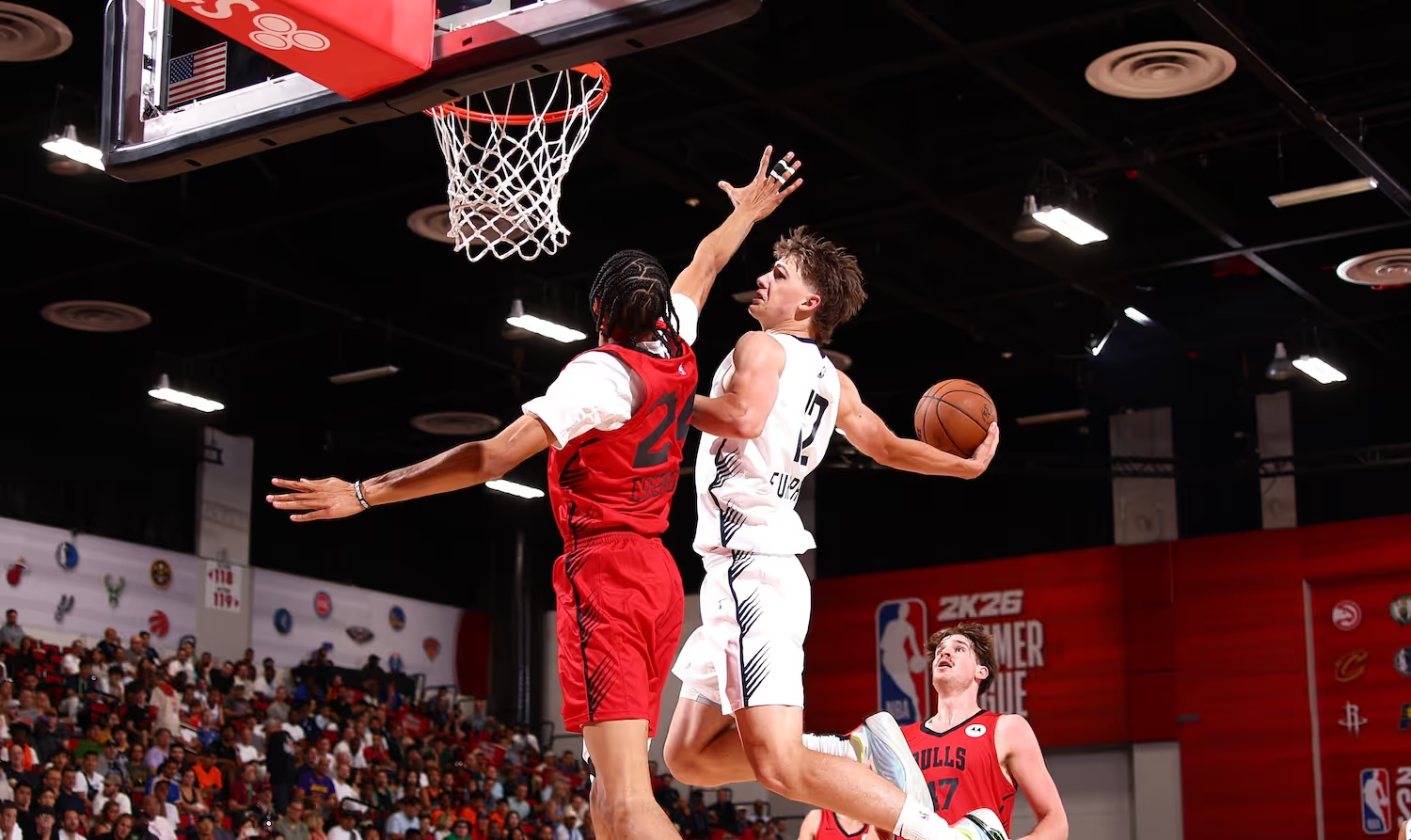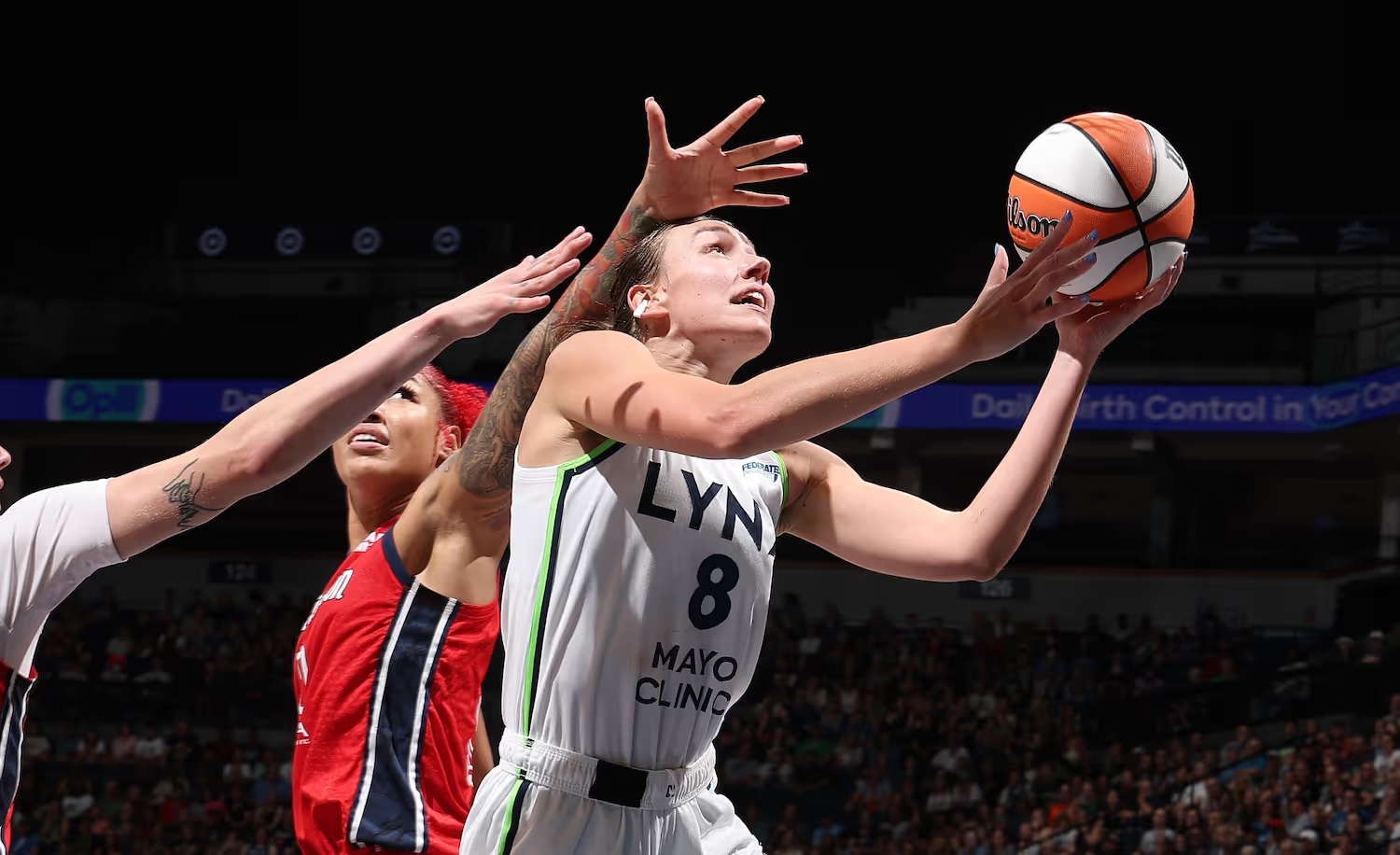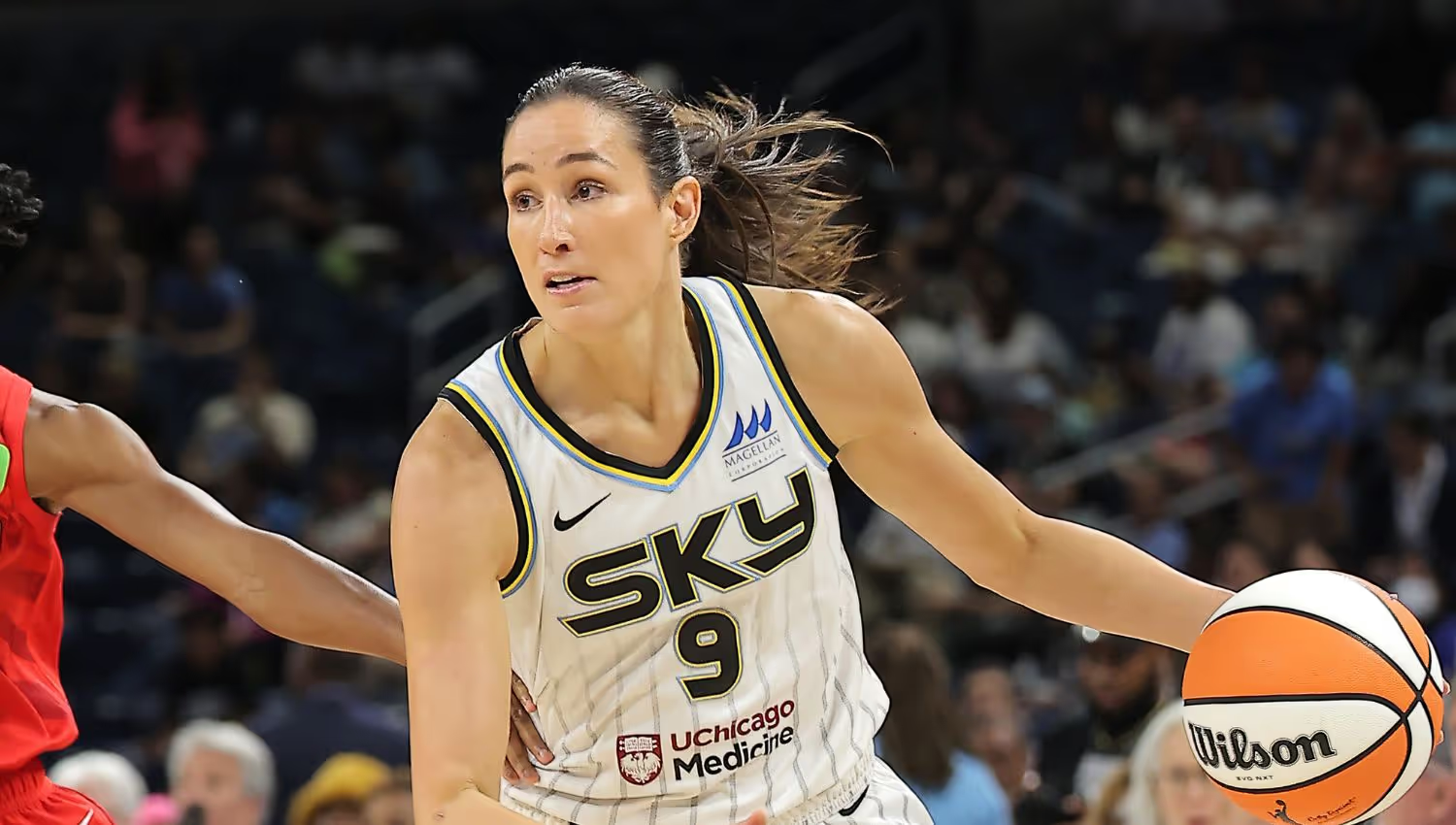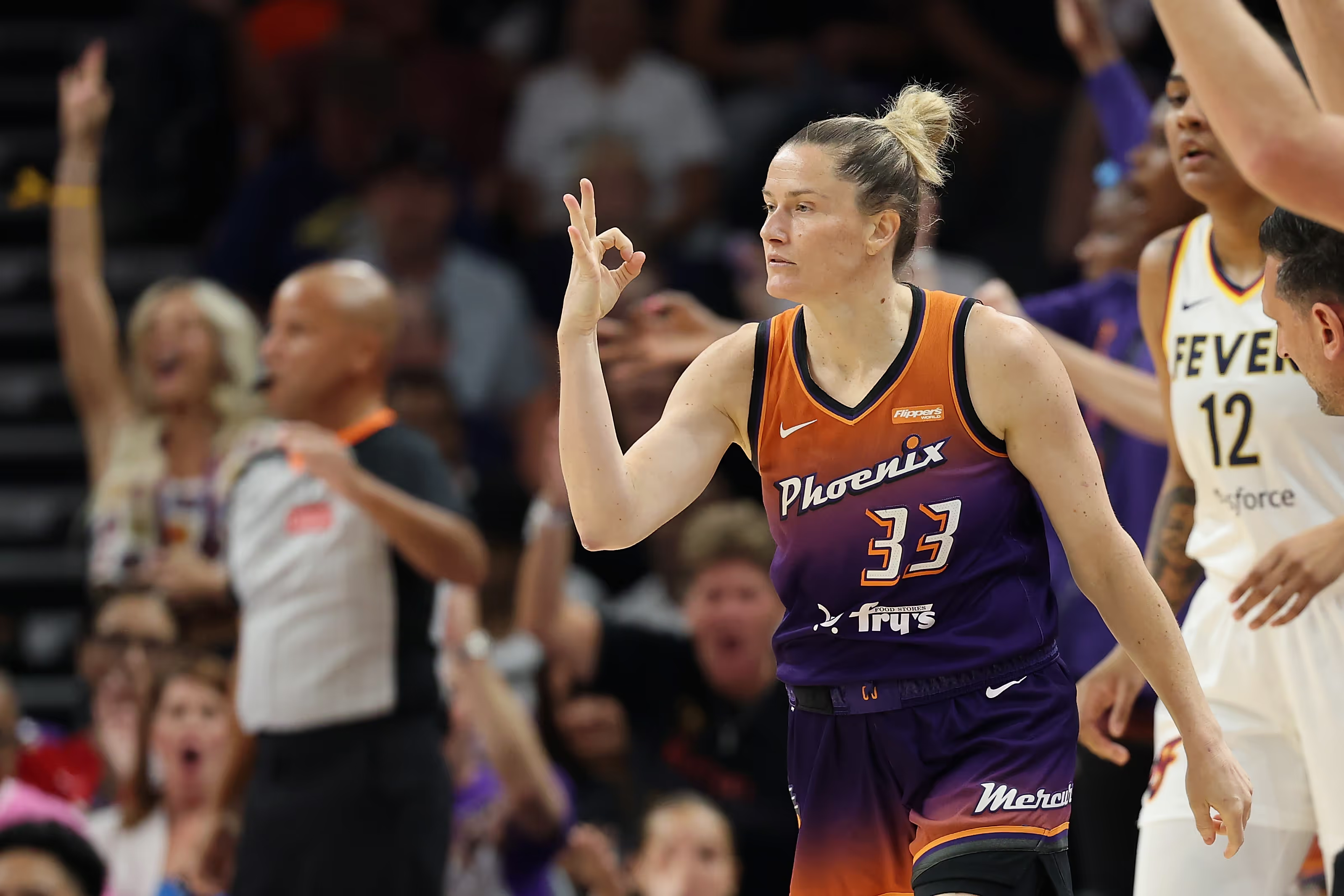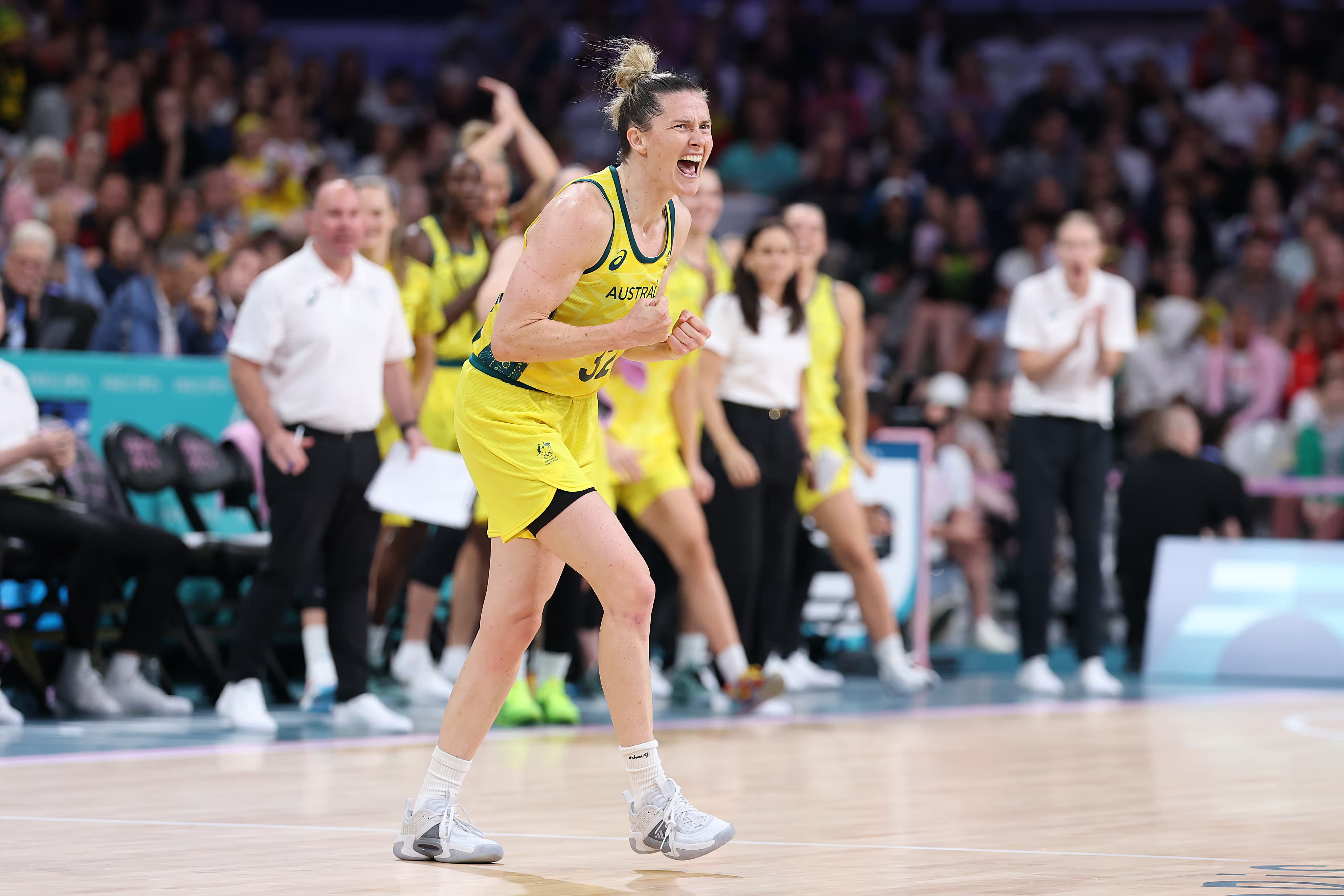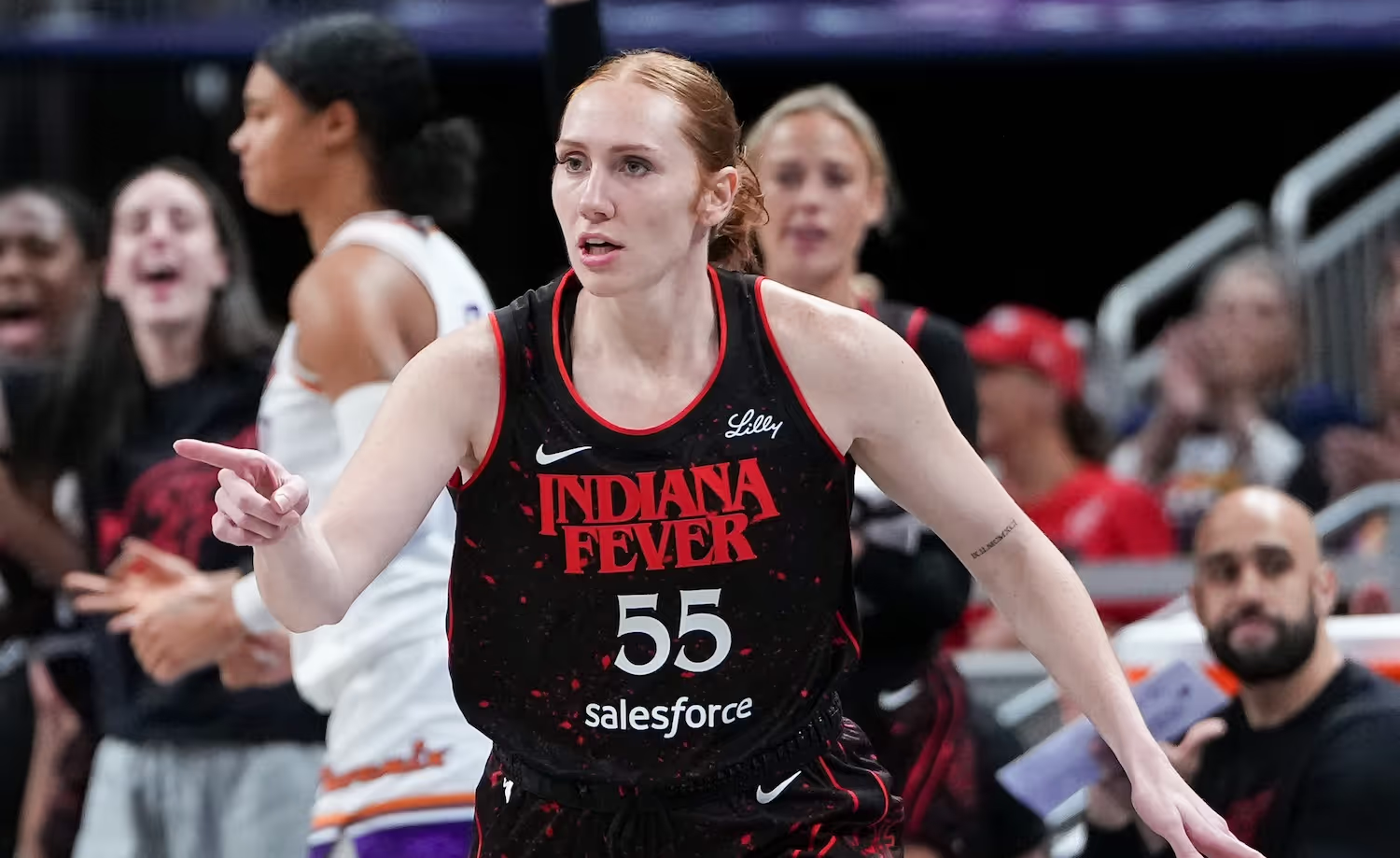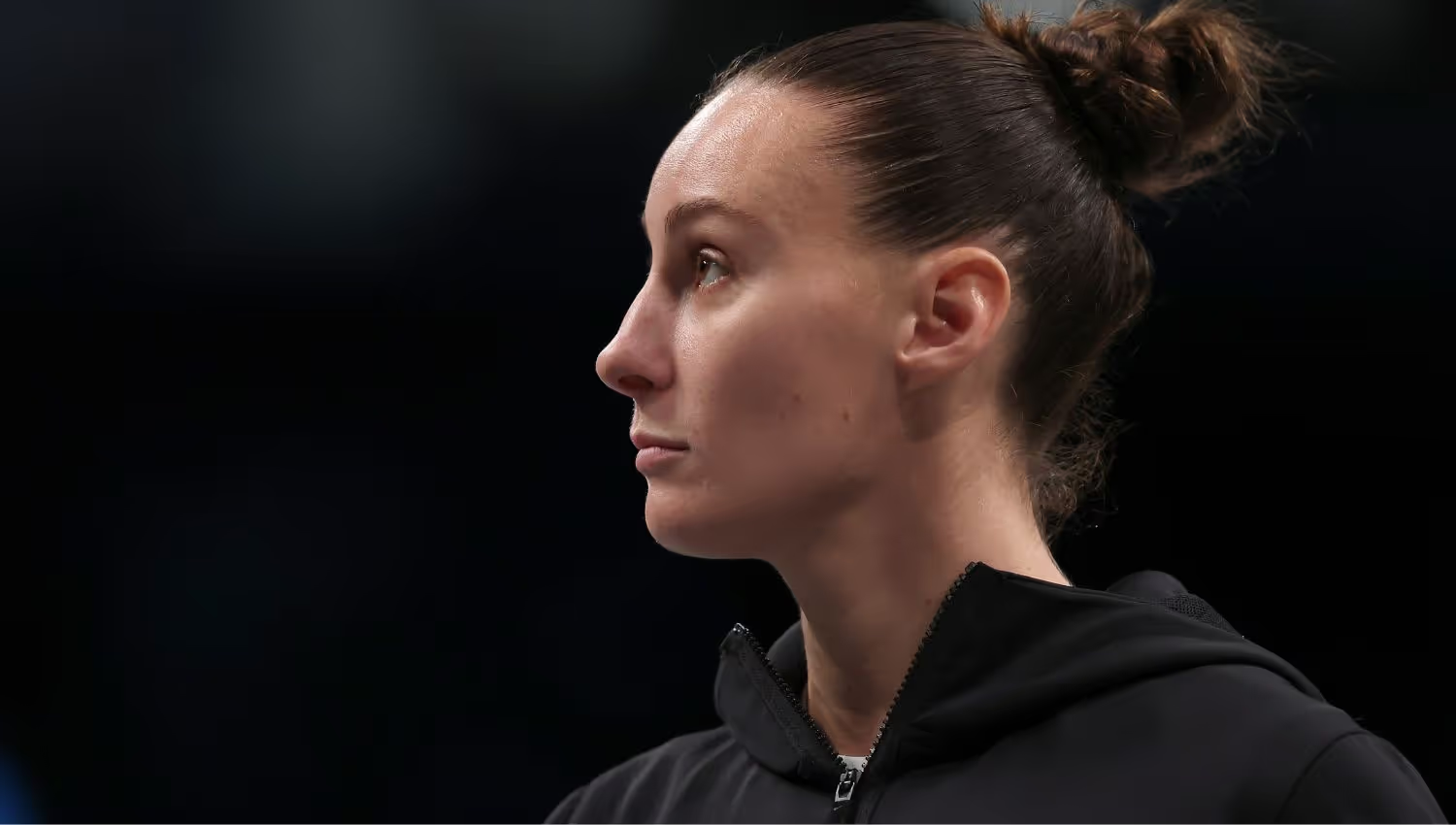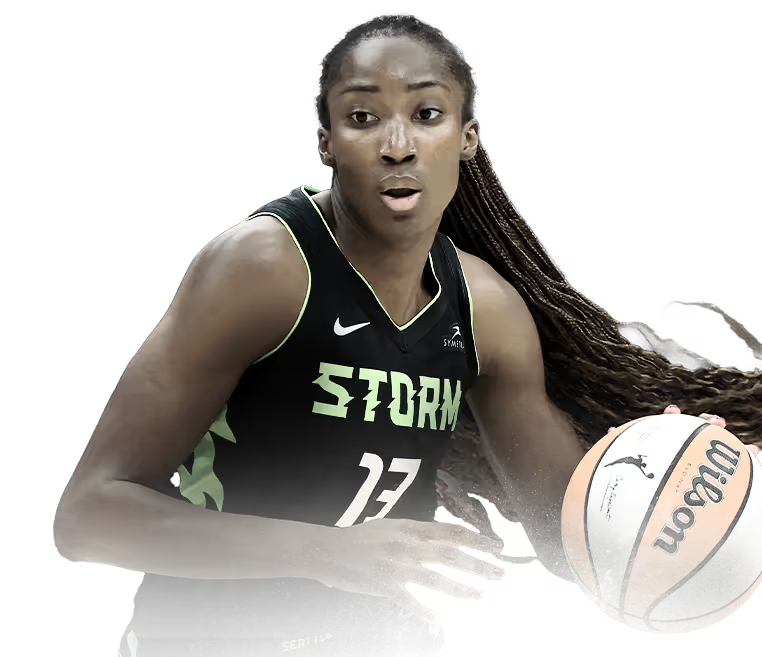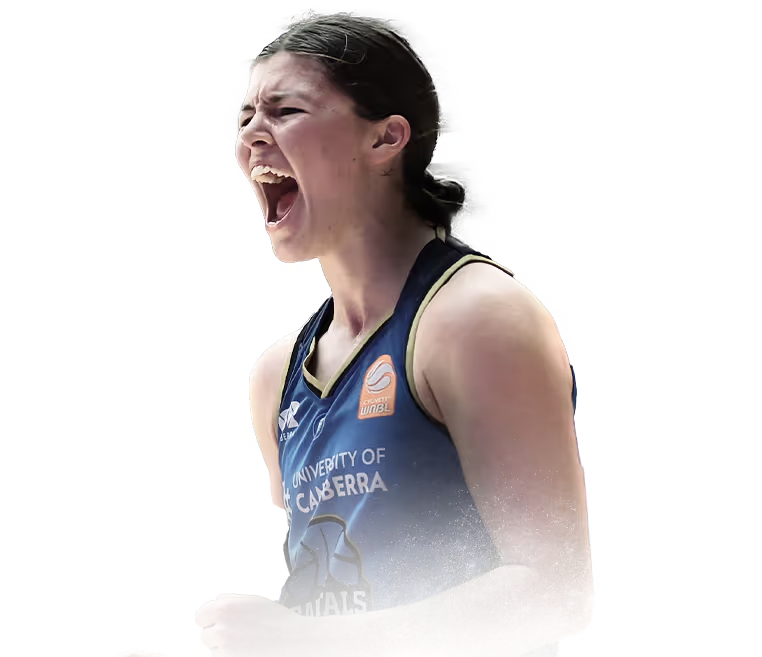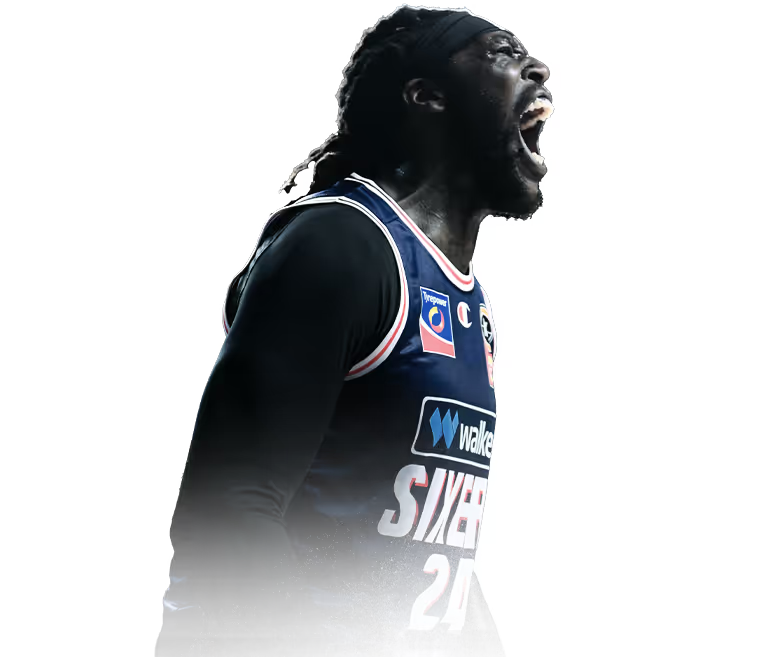

22
Oct
5 min read
What is the Women's National Basketball Association (WNBA)
Explore this in-depth guide to the Women's National Basketball Association

The Women's National Basketball Association (WNBA) is the premier professional women’s basketball league in the United States and the world.
Founded in 1996, the WNBA showcases some of the greatest female athletes, featuring high-level competition, skill, and athleticism. Over the years, the WNBA has grown in popularity and influence, inspiring millions and advancing the cause of women in sports.
Whether you're a long-time fan or new to the league, understanding the WNBA's structure, history, and significance is essential for appreciating its impact. In this guide, we’ll dive into everything you need to know about the WNBA.
The History of the WNBA: How it all began
The WNBA was officially founded on April 24, 1996, by the National Basketball Association (NBA). At the time, women’s basketball was gaining attention, particularly following the success of the U.S. women’s basketball team at the 1996 Summer Olympics, where they won gold. Recognising the growing talent pool and increasing interest in women’s sports, the NBA decided to launch a professional league exclusively for female athletes. This was a monumental step forward for women’s basketball, providing players with an official platform to compete at the highest level.
The inaugural WNBA season tipped off on June 21, 1997, with a game between the New York Liberty and Los Angeles Sparks, two of the original eight teams. With stars such as Lisa Leslie (Sparks), Sheryl Swoopes (Houston Comets), and Rebecca Lobo (Liberty) leading the charge, the league quickly garnered national and global attention. The Houston Comets, led by legendary guard Cynthia Cooper, dominated the early years, winning four consecutive WNBA championships from 1997 to 2000.
Structure of the WNBA: Teams, Conferences, and Playoffs
The WNBA consists of 12 teams divided into two conferences: the Eastern Conference and the Western Conference. The teams play a regular season that typically spans from May to September, followed by the WNBA Playoffs, which culminate in the WNBA Finals.
- Eastern Conference Teams:
- Atlanta Dream
- Chicago Sky
- Connecticut Sun
- Indiana Fever
- New York Liberty
- Washington Mystics
- Western Conference Teams:
- Dallas Wings
- Las Vegas Aces
- Los Angeles Sparks
- Minnesota Lynx
- Phoenix Mercury
- Seattle Storm
Each team plays 40 regular-season games, with the top eight teams, regardless of conference, advancing to the playoffs. The playoff format consists of a first-round elimination game, followed by best-of-three series in the semifinals and best-of-five series in the WNBA Finals. This playoff structure ensures that only the most deserving teams have the chance to compete for the championship.

WNBA Superstars: Icons of the game
The WNBA has produced some of the most remarkable basketball talents in history, many of whom have become household names for their on-court achievements and off-court influence. Lisa Leslie, one of the first true superstars of the league, became the first WNBA player to dunk in a game, showcasing the athleticism and excitement of women’s basketball.
Other iconic players include Diana Taurasi of the Phoenix Mercury, widely regarded as one of the best scorers in basketball history. Taurasi’s clutch performances, especially in playoff situations, have earned her the nickname "White Mamba." Sue Bird, who played her entire career with the Seattle Storm, is known for her leadership and playmaking ability, having led her team to four WNBA championships.
In recent years, players like Breanna Stewart, A’ja Wilson, and Sabrina Ionescu have continued to elevate the league’s profile, bringing in new fans and solidifying the WNBA’s position as a platform for elite basketball talent.
Key milestones and achievements in WNBA history
The WNBA has been a trailblazer in women’s sports, achieving numerous significant milestones over the years.
Some of the league’s most notable achievements include:
- Cynthia Cooper’s dominance in the league’s early years, as she led the Houston Comets to four consecutive championships, winning Finals MVP in each series.
- Lisa Leslie’s historic dunk in 2002, which was a breakthrough moment in proving the power and athleticism of women’s basketball.
- Maya Moore's run with the Minnesota Lynx, leading the team to four WNBA titles and becoming one of the league’s most celebrated champions.
- The Seattle Storm’s multiple championships, with Sue Bird and Breanna Stewart establishing a dynasty in the 2010s and 2020s.
- Diana Taurasi becoming the all-time leading scorer in WNBA history in 2017, a testament to her longevity and skill.
- The Las Vegas Aces winning the 2022 WNBA championship, showcasing the rise of new powerhouse franchises.

The global impact of the WNBA
Though based in the United States, the WNBA has a significant global following. The league features players from various countries, including Australia, France, Russia, and Nigeria, bringing a diverse array of talent to the competition. International players such as Australian legend Lauren Jackson (Australia) and Emma Meesseman (Belgium) have left their mark on the league, helping to grow its international audience.
The WNBA’s global influence extends beyond the court. The league has been a leader in advocating for social justice, gender equality, and LGBTQ+ rights, with its players often at the forefront of these movements. WNBA players have consistently used their platform to speak out on critical issues, from the Black Lives Matter movement to mental health awareness. This commitment to social activism has further solidified the league’s place as a leader not just in sports, but in societal change.
The importance of the WNBA to women’s sports
The WNBA has played a pivotal role in advancing women’s sports, providing a professional platform for female athletes to thrive and inspiring young girls around the world to pursue their basketball dreams.
The league has fought for and achieved several key milestones for women in sports, including:
- Increased media coverage: The WNBA has forged partnerships with major broadcasters such as ESPN, CBS Sports, and Amazon Prime Video, giving fans greater access to games and expanding the league’s visibility.
- Pay equity progress: In 2020, the WNBA and its players signed a landmark Collective Bargaining Agreement (CBA) that improved salaries, benefits, and player conditions. This agreement was seen as a major step toward pay equity in professional women’s sports.
- Advocacy for social change: The WNBA is recognized for its unwavering commitment to social justice issues, with players and the league itself championing causes that matter, including racial equality, gender equity, and LGBTQ+ rights.

The future of the WNBA: What’s next?
The WNBA is poised for continued growth, with new opportunities on the horizon. The league is exploring expansion, with several cities being considered for new teams. Additionally, the league is experiencing record viewership, and fan engagement through social media has brought younger audiences into the fold.
Stars such as Caitlin Clark, Breanna Stewart, A’ja Wilson, Sabrina Ionescu, Angel Reese, and Aliyah Boston represent the new generation of talent that will carry the WNBA forward. As the league continues to embrace innovation, whether through streaming partnerships or increased marketing efforts, the WNBA’s future looks bright.
Conclusion
The WNBA is more than just a basketball league; it is a beacon of progress for women in sports, a platform for social justice, and a showcase of the best basketball talent in the world. From its early struggles to its current success, the WNBA has grown into a respected and influential force in the sports world. As the league continues to evolve and inspire, the future of women’s basketball has never been brighter.
Whether you're a lifelong fan or new to the WNBA, now is the perfect time to join the journey and witness the league’s exciting evolution firsthand.
Exclusive Newsletter
Aussies in your Inbox: Don't miss a point, assist rebound or steal by Aussies competing overseas. Sign-up now!



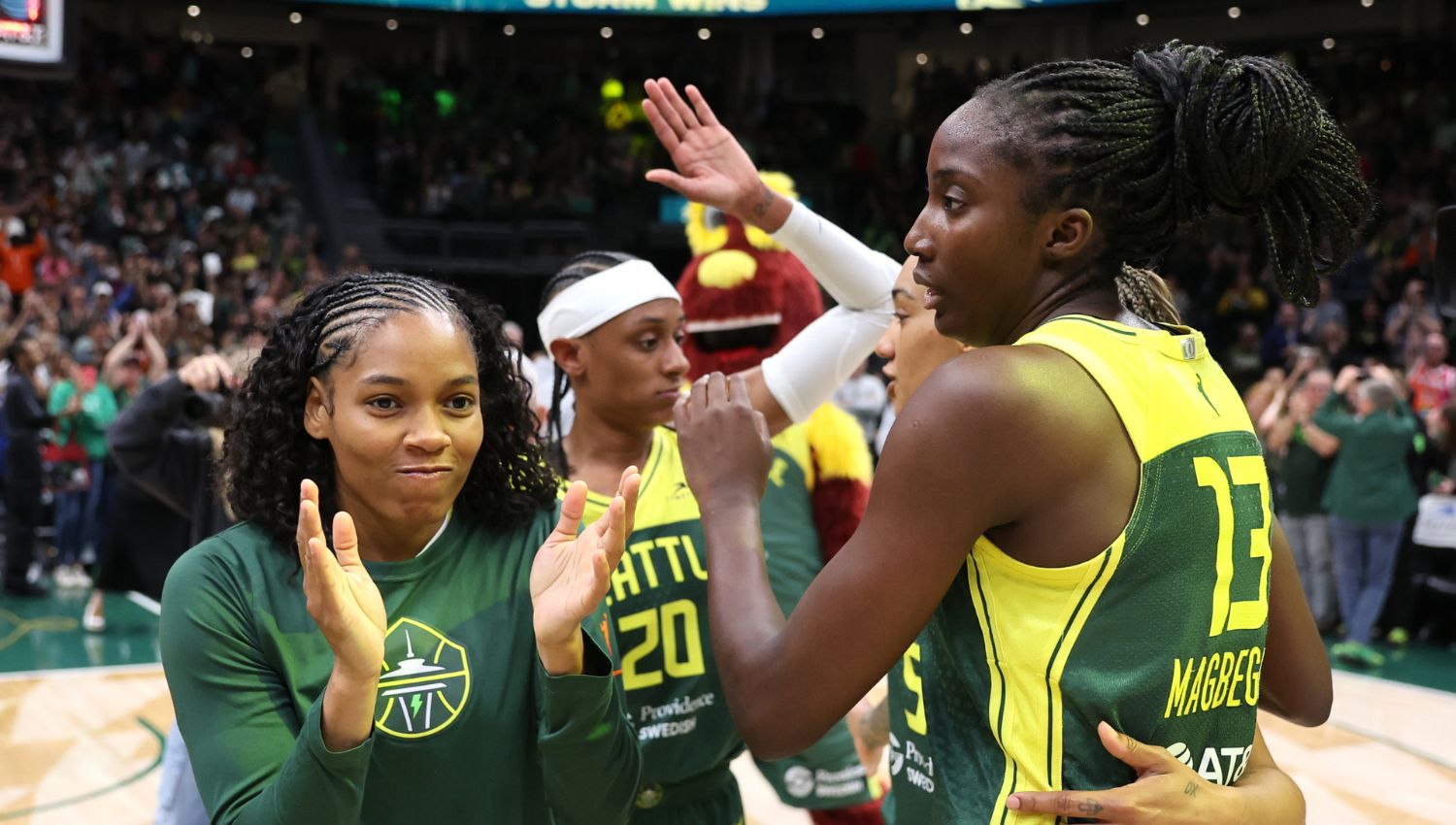
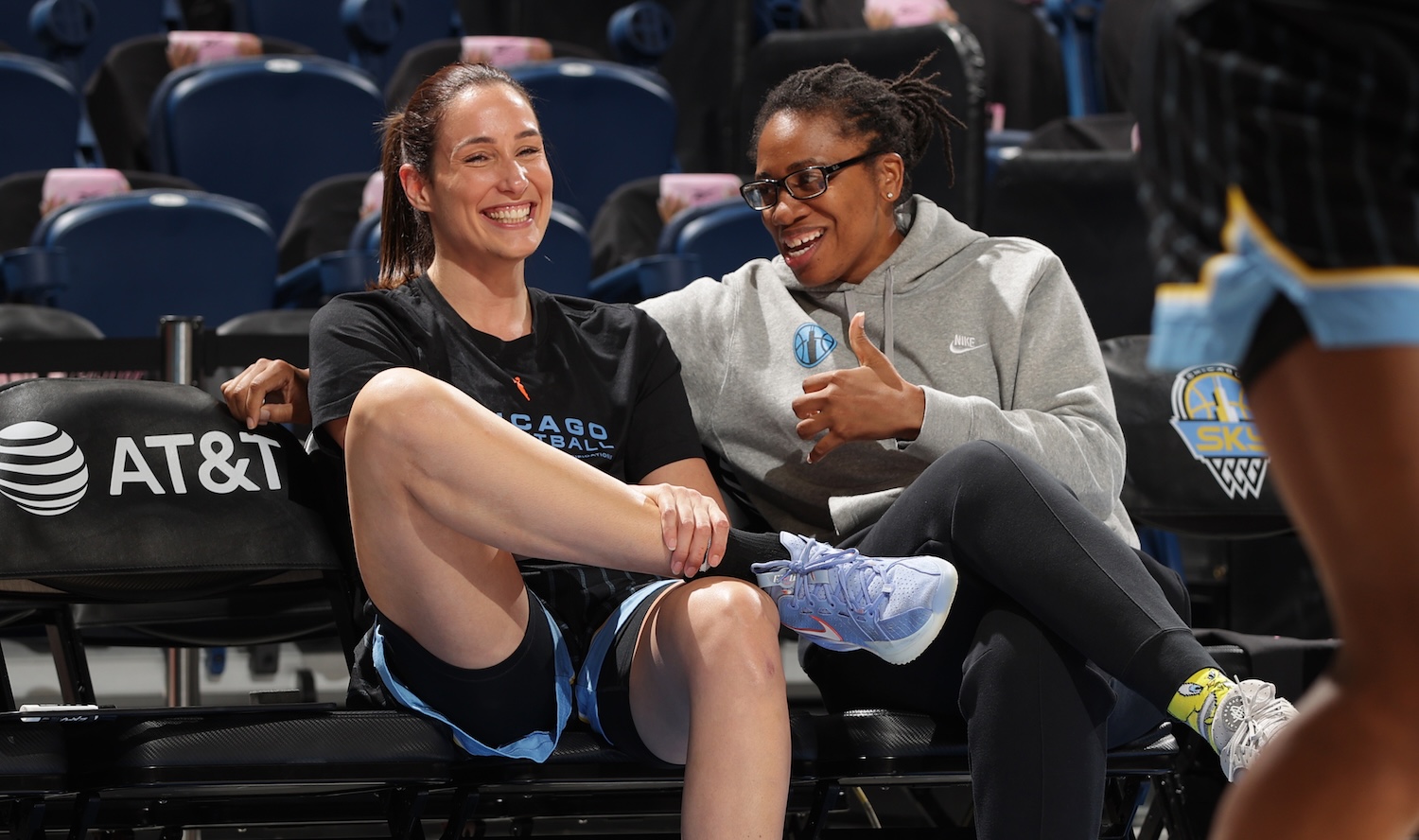
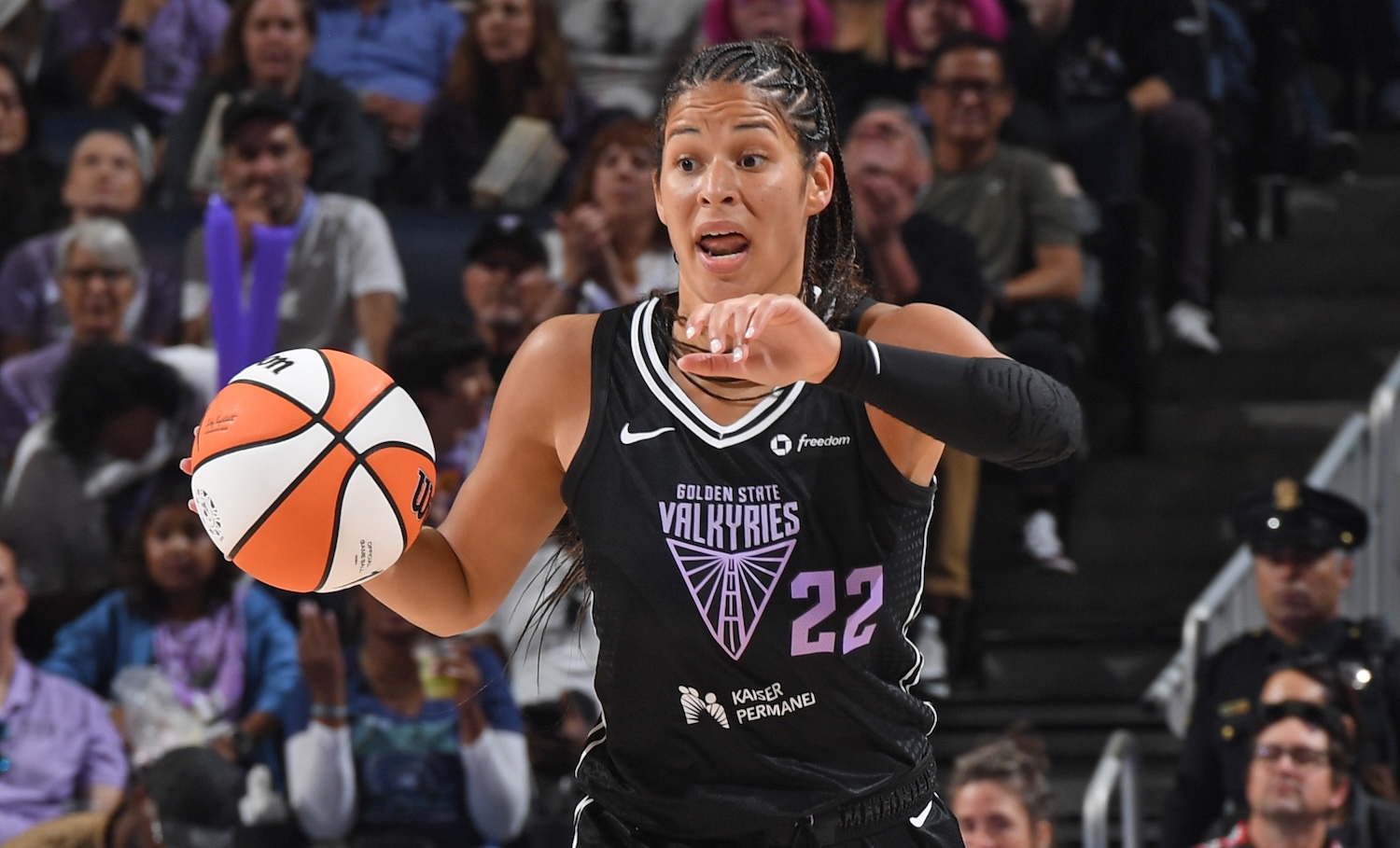
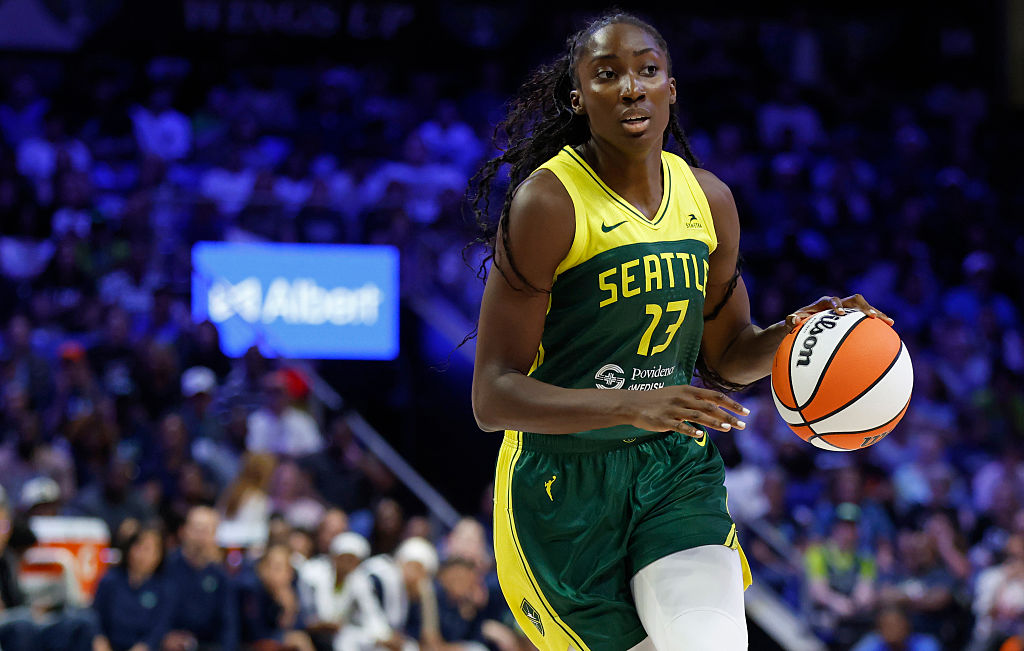
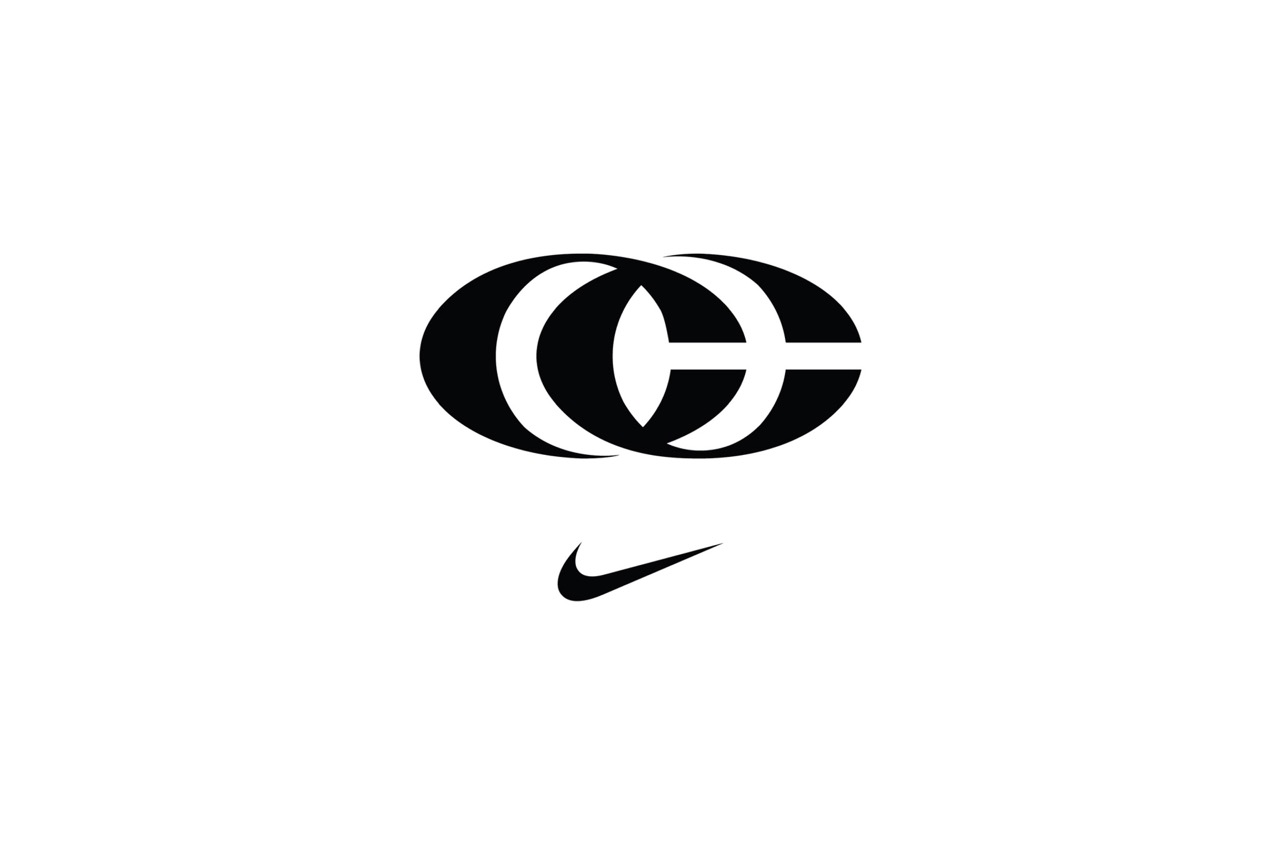
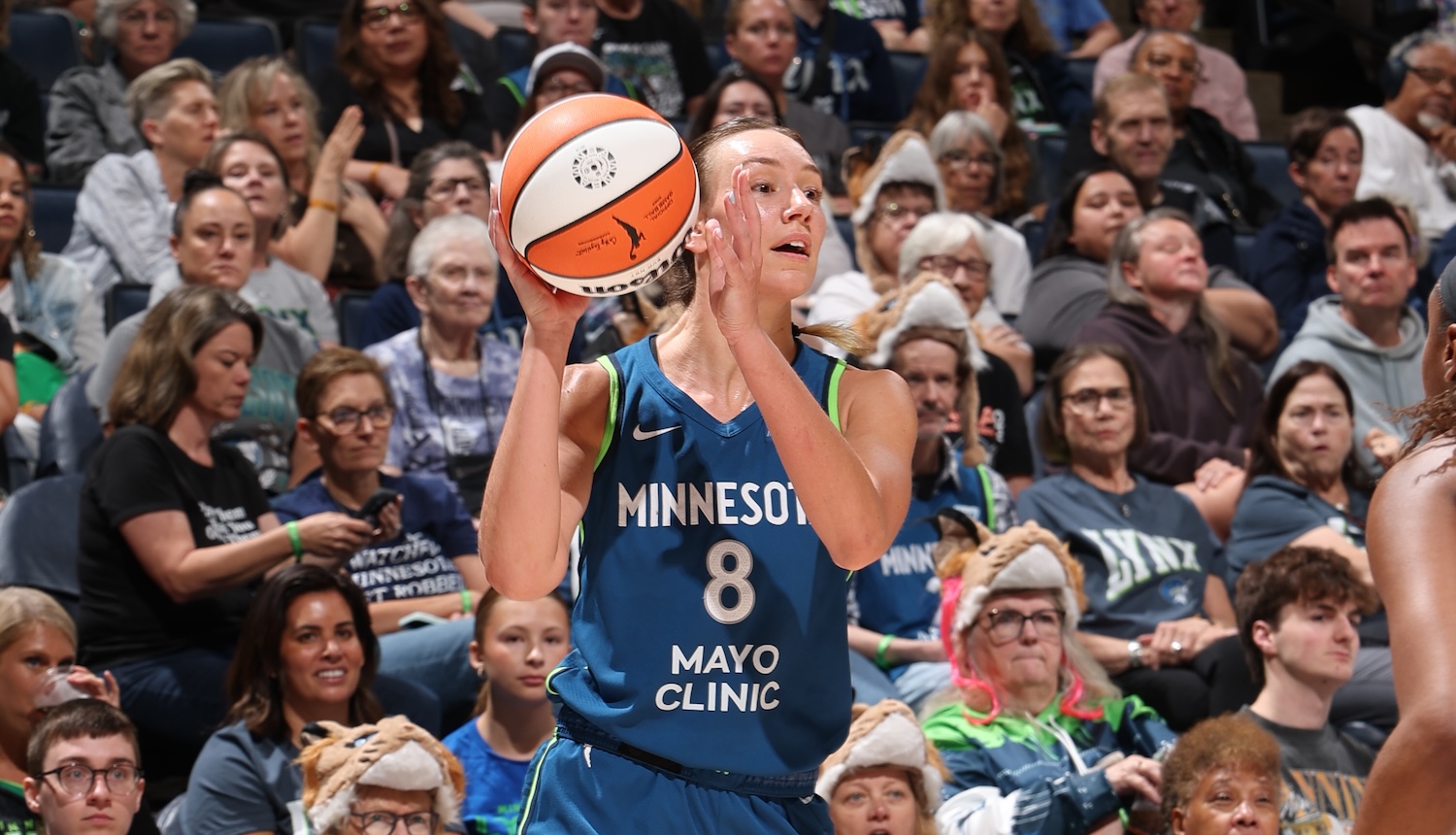

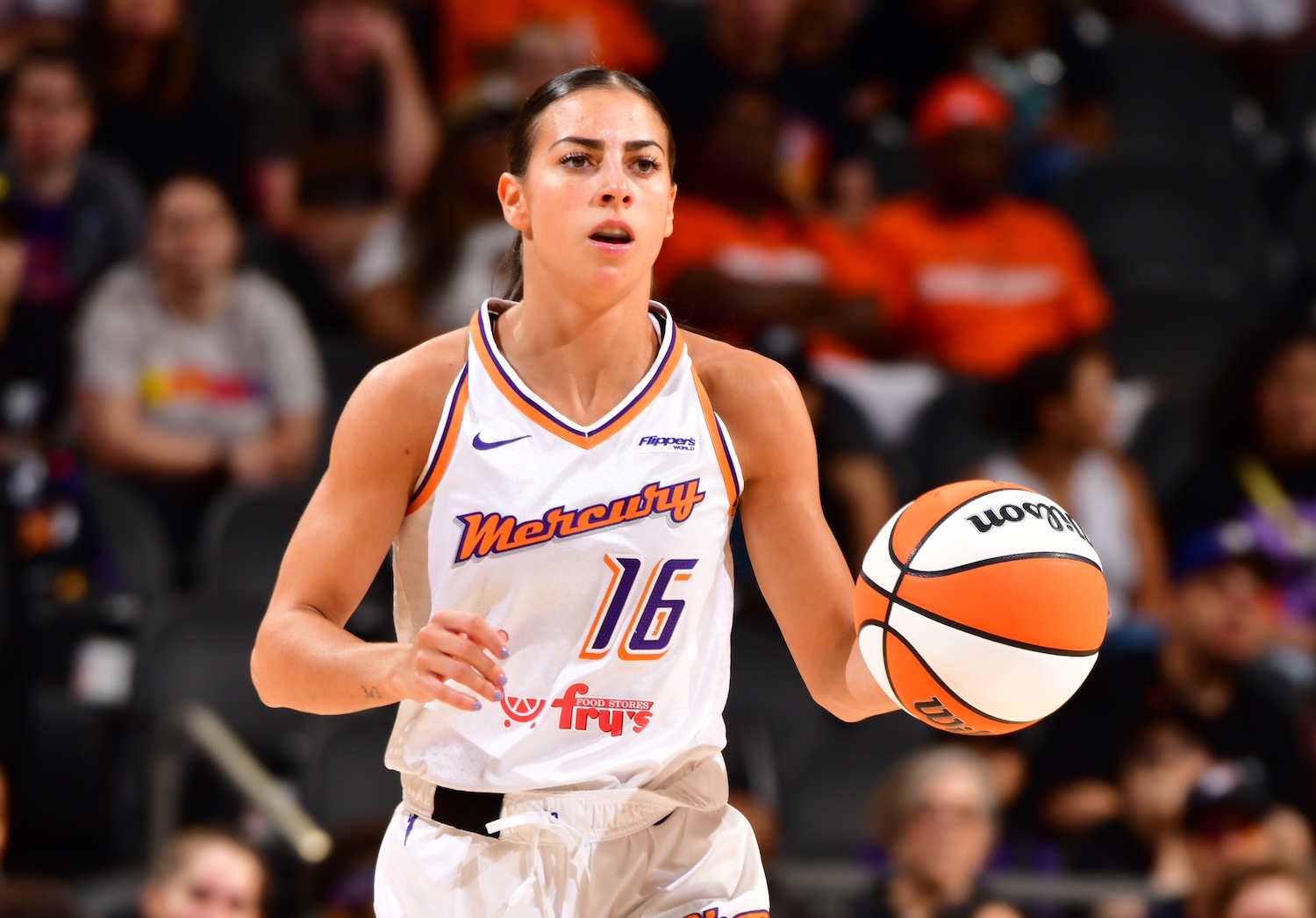
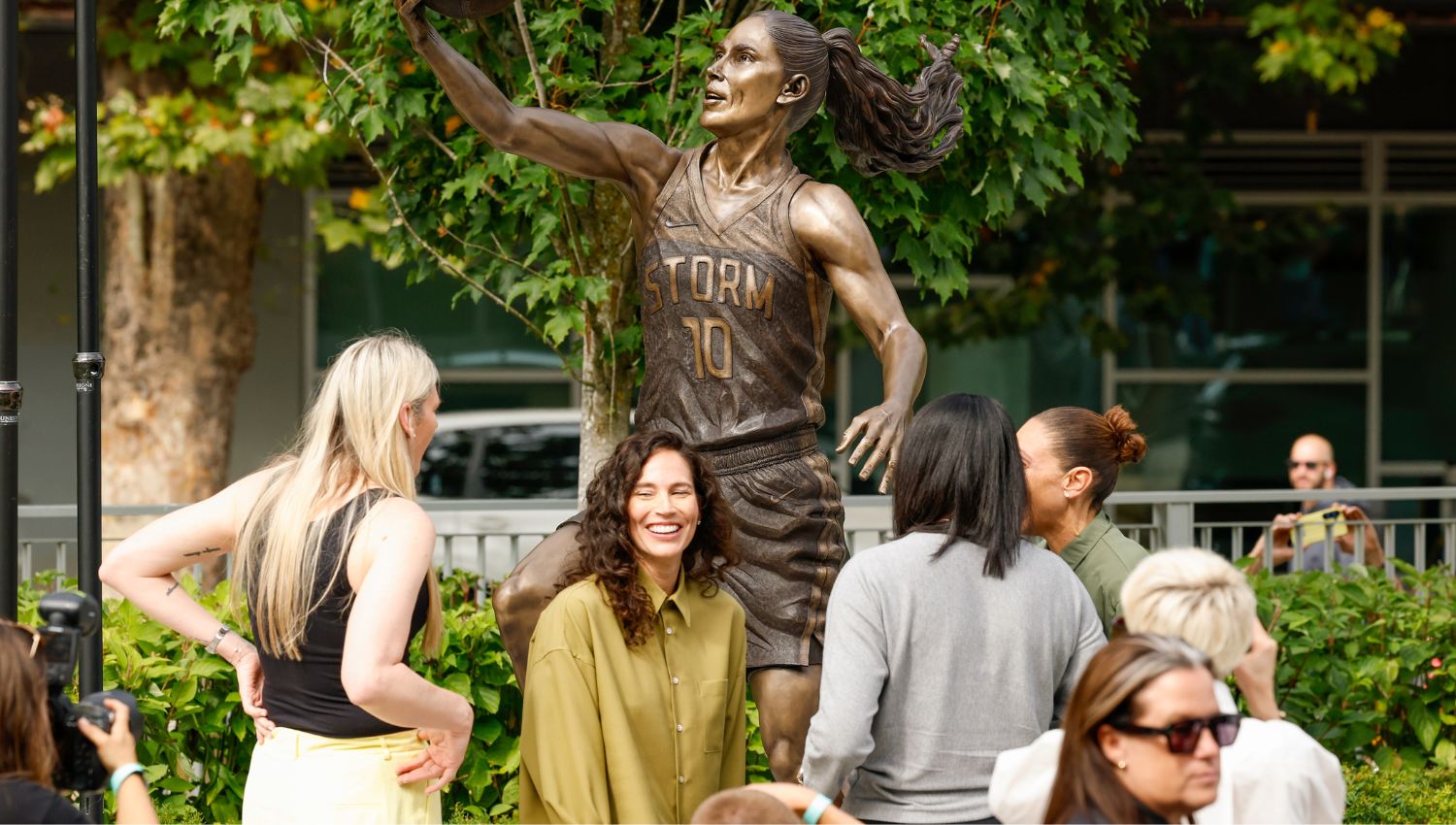
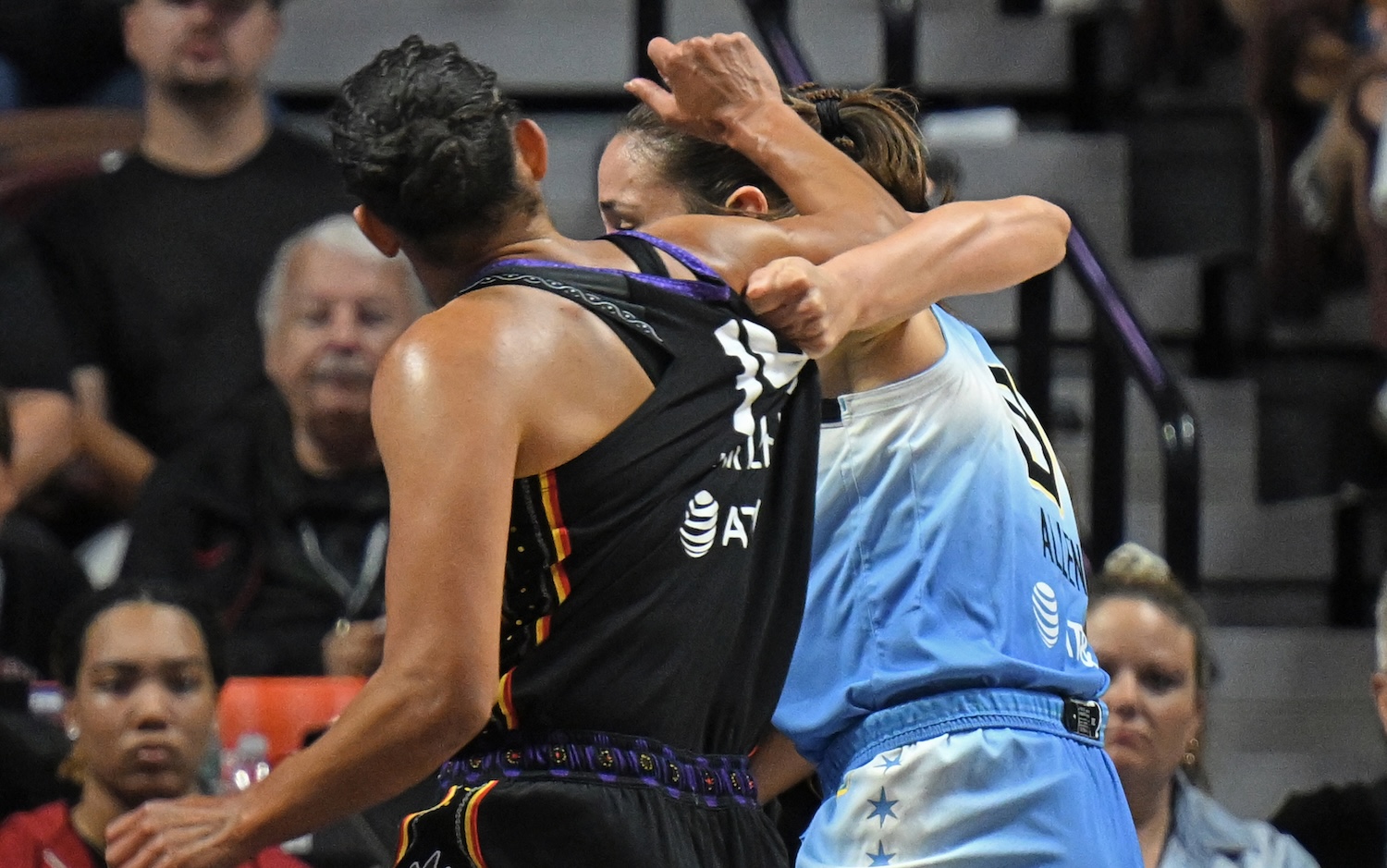
.png)
.avif)


